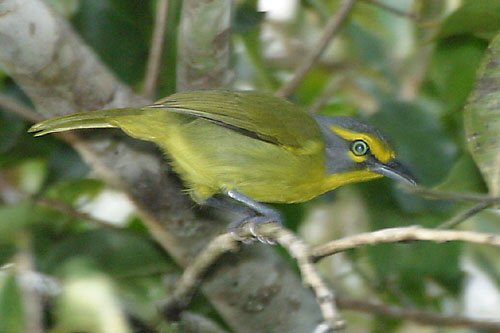
Vireolanius leucotis
TAXONOMY
Vireolanius leucotis Swainson, 1838.
OTHER COMMON NAMES
French: Smaragdan oreillard; German: Scieferkopfvireo; Spanish:
Follajero de Capa Oscura.
PHYSICAL CHARACTERISTICS
About 5.5 in (14 cm). The body is relatively heavy, the head
large, and the beak stout. The back is olive green, the chest
and belly are yellow, the top of the head and cheeks gray, with
a broad yellow stripe over the eye.
DISTRIBUTION
Widespread in northern South America, including parts of
Colombia, Ecuador, southern Venezuela, the Guianas, much of
Amazonian Brazil, northern Bolivia, and eastern Peru.
HABITAT
Humid tropical forest, as high as about 6,250 ft (1,800 m).
BEHAVIOR
A nonmigratory species that defends a breeding territory. The
song is a loud, repeated, simple phrase.
FEEDING ECOLOGY AND DIET
Feeds on insects and other invertebrates gleaned from foliage,
flowers, and limbs.
REPRODUCTIVE BIOLOGY
Builds a cup-shaped nest that hangs from a forked tree branch.
Both parents incubate the eggs and care for the young.
CONSERVATION STATUS
Not threatened.
SIGNIFICANCE TO HUMANS
None known.
Other popular Animals
Photo Gallery of - Slaty-capped shrike-vireo
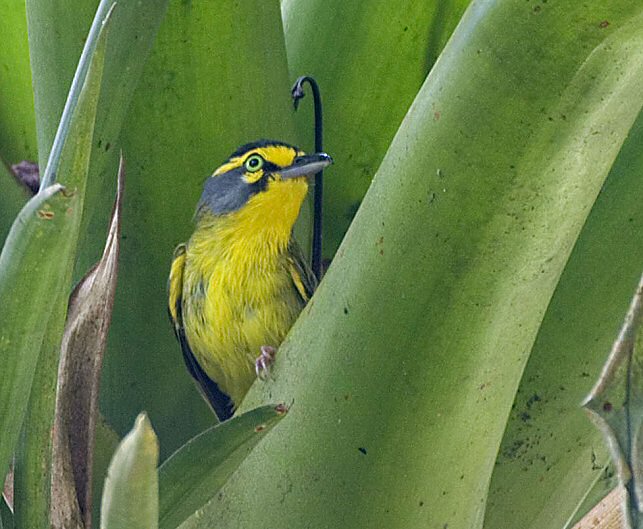
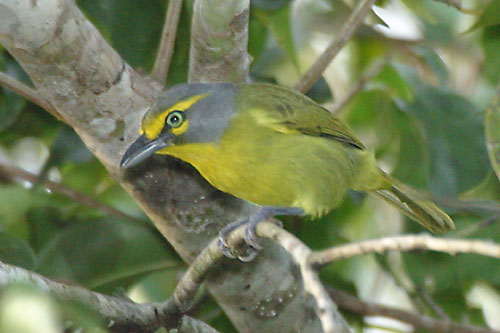
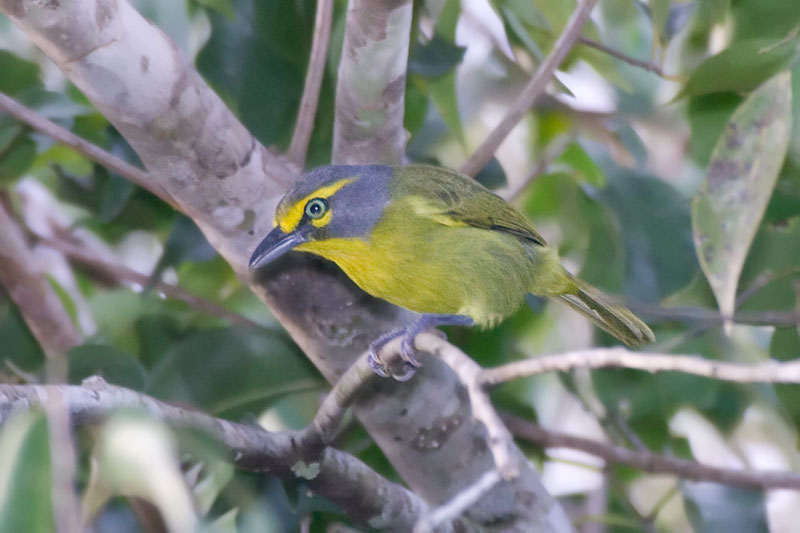
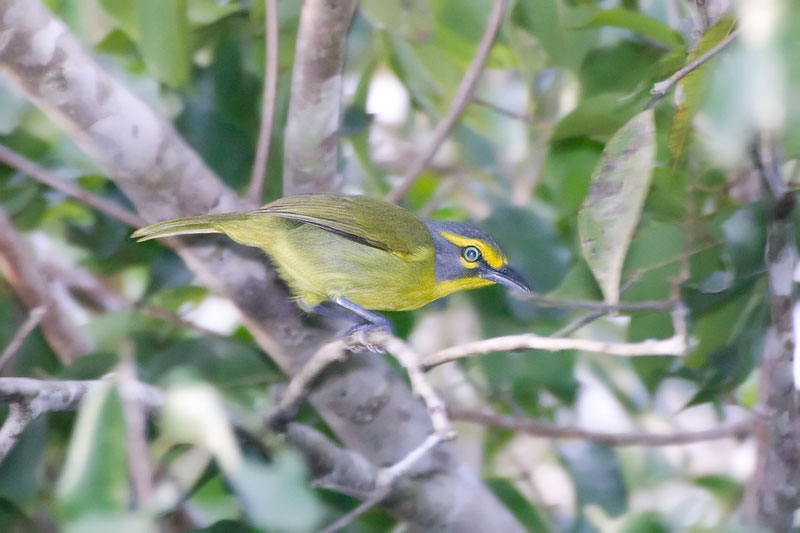
 Animalia Life
Animalia Life